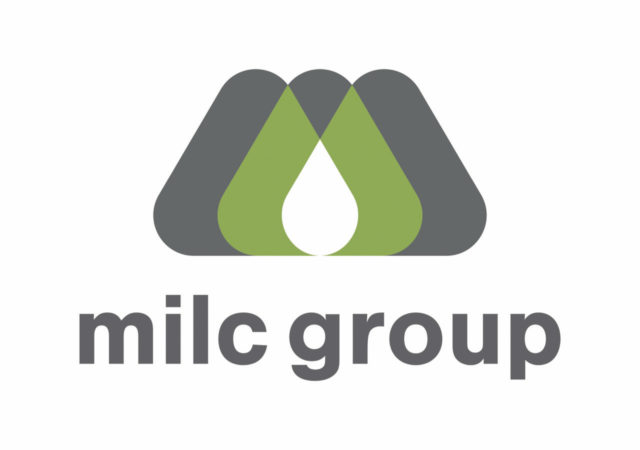I’m most recently impressed by examples of producers and allied industry organizations doing due diligence to defend the dairy industry and its future.
Here’s just three examples I’d like to highlight.
First, in this issue, we’ve summarized and reprinted recent posts to California dairywoman Barbara Martin’s blog. Go to dairygoddess.wordpress.com to read more. Barbara details the results of her investigation into the USDA’s cold storage reporting system for dairy products. What she found reveals the system isn’t fully transparent and doesn’t have to be, yet inaccuracies could impact farm-gate prices. It’s worth a few minutes of your time. Click here to check it out.
Barbara, you’re not sitting on the sidelines hoping someone else will make things better for the dairy industry. You’re identifying possible solutions. You’re on the phone calling people who need to hear that producers are anxious to see improvements. Way to go!
Second, this past summer Elanco released a new white paper on rBST. The paper was presented at the American Dairy Science Association’s annual meeting. We published a 3 Open Minutes question-and-answer session with the paper’s primary editor, Richard Raymond, in August. Shortly after we posted the interview and the paper, I received a call from Dennis Erpelding, a public affairs manager with Elanco.
Dennis informed me that the FDA had requested a further review of the paper and asked that we pull the PDF copy of the paper off our website until the review was complete. We did so. A few months later, the paper is again available for distribution. You can download a copy at http://bit.ly/ccqx4. Whether you love or hate bST, it’s worth reading.
If you find no other good in its factual summary of research on bST, in my opinion, it’s a good example of how to set the record straight with consumers about the use of technology in the dairy industry. The paper answers just about every question I heard two years ago as the bST-free milk marketing wave rolled on.
At the time, it seemed the technology’s previous marketer seemed to be saying, “Don’t listen to them. You’ve got your answer. This product is safe.” Now the message’s tone is different. It says, “Here’s an explanation to why what you might have heard is inaccurate. And here’s why.”
Finally, this issue includes an interview with Dairy Calf and Heifer Association’s Lewis Anderson. He describes the process and future use of the association’s recently released gold standards for calf raising. One of the most interesting parts of the interview was that Lewis says the process of surveying producers and talking with the organization’s membership to craft the standards by itself helped identify areas of production management that his organization could help provide training to improve. Read more.
All of these stories show one consistent theme: Producers and consumers today don’t want to be told answers; they want to hear explanations. The Internet and access to technology have made us all a bit more wary of corporate and government talking heads.
Rather than just accept their answer at face value, we want to hear how they arrived at their statement. Don’t be content with answers; dig for explanations. PD

-
Walt Cooley
- Editor
- Email Walt Cooley




